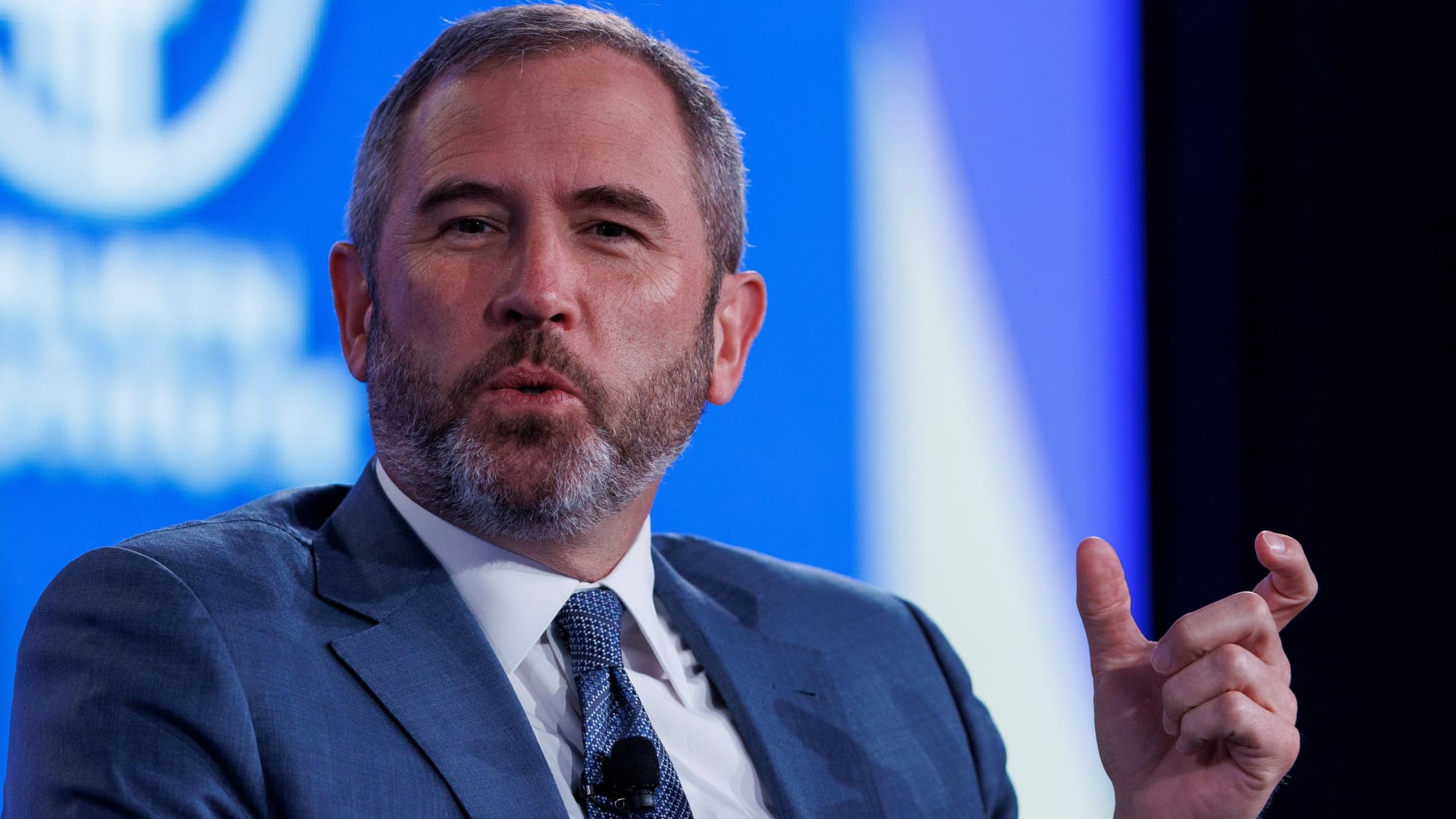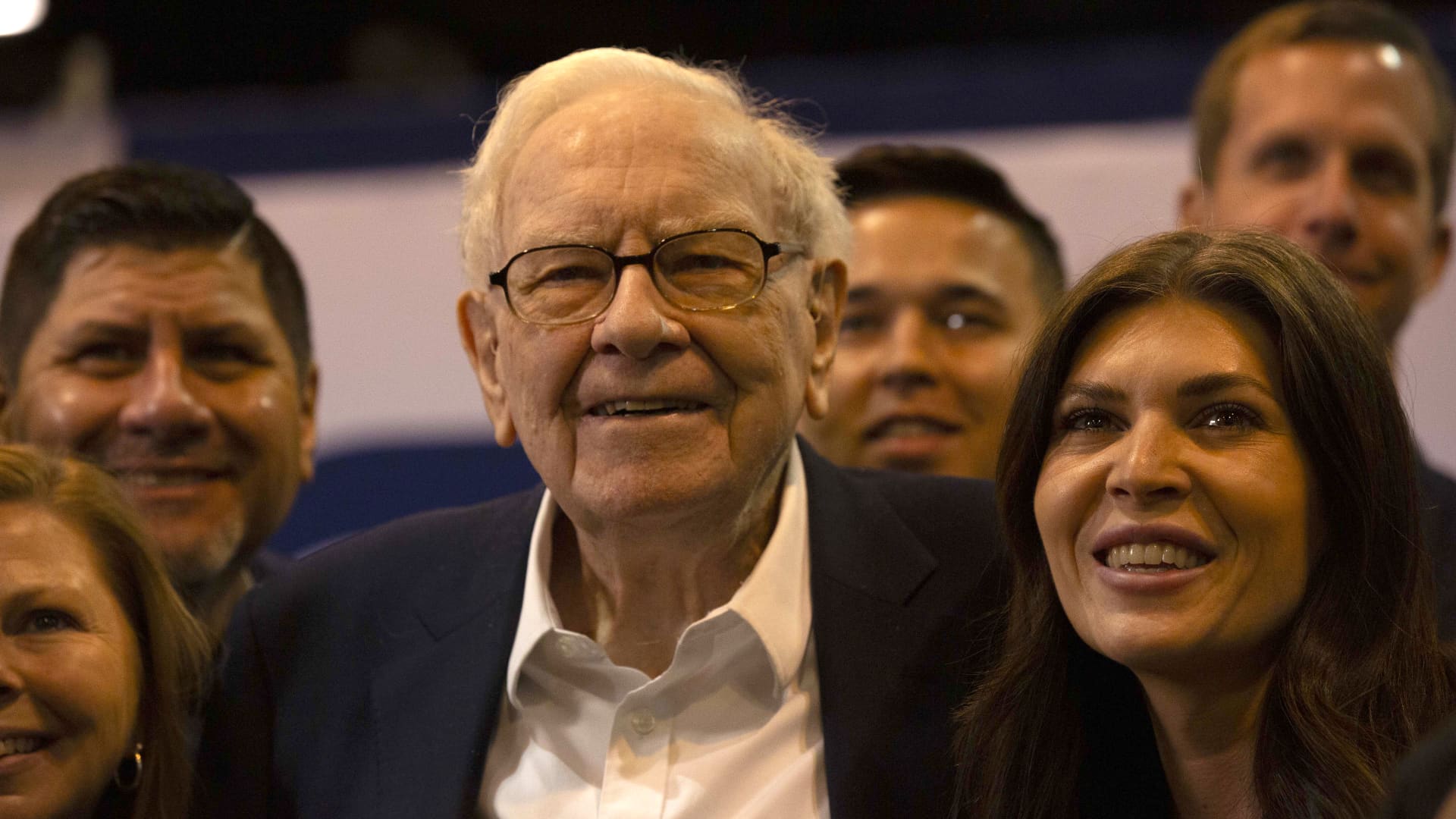China’s April retail sales growth of 5.1% misses expectations as consumption remains a worry

China’s retail sales growth slowed in April, data from the National Bureau of Statistics showed Monday, signaling that consumption remains a worry for the world’s second-largest economy.
Retail sales rose 5.1% from a year earlier in April, missing analysts’ estimates of 5.5% growth, according to a Reuters poll. Sales had grown by 5.9% in the previous month.
Industrial output grew 6.1% year on year in April, stronger than analysts’ expectations for a 5.5% rise, while slowing down from the 7.7% jump in March, indicating the impact from U.S. tariffs was not as harsh as was being expected.
“We should be aware that there are still many unstable and uncertain factors in [the] external environment,” the statistics bureau said. “The foundation for sustained economic recovery needs to be further consolidated.”
Fixed-asset investment for the first four months this year, which includes property and infrastructure investment, rose 4.0%, slightly lower than analysts’ expectations for a 4.2% growth in a Reuters poll. The drag from real estate worsened within fixed asset investment, falling 10.3% for the year as of April.
The urban unemployment rate in April eased to 5.1% from 5.2% in March, at a time when U.S.-China trade war had led economists to warn about substantial job losses in China.
U.S. President Donald Trump had placed tariffs of 145% on imports from China that came into effect in April, while Beijing had retaliated with 125% levies on American imports.
Trade-war fears have receded after a meeting of U.S. and Chinese trade representatives in Switzerland earlier this month led to a lower set of levies between the world’s two largest economies. Beijing and Washington agreed to roll back most tariffs for 90 days, allowing some room for further negotiation to reach a more lasting deal.
That prompted a slew of global investment banks to raise their forecasts for China’s economic growth this year while paring back expectations for more proactive stimulus as Beijing strives to reach its growth target of around 5%.
The trade truce came as the economic toll of tariffs on the economy was becoming difficult to ignore.
China’s factory activity fell to a 16-month low in April, with a gauge on new export orders dropping to its lowest since December 2022.
The wholesale prices posted the steepest drop in six months in April, while consumer prices fell for a third moth, underscoring the persistent deflationary pressure in the economy.
China’s exports, however, surged more than expected in April, as a jump in shipments to Southeast Asian countries helped offset a sharp drop in outbound goods to the U.S.
In the first four months this year, China’s exports to the U.S. dropped 2.5%, according to customs data. In April alone, the U.S.-bound shipments plunged over 21% from a year earlier.
High-frequency indicators show container bookings jumped last week following the tariff ceasefire, Tommy Xie, managing director and head of Asia macro research at OCBC Bank said in a note Monday.
The seven-day average container booking volume as of May 14 spiked by 277% compared to the week ending May 5, Xie said, citing data from container tracking software provider Vizion.
Xie expects China’s economic expansion to stay above 5% in the second quarter, following a robust 5.4% growth rate in the first quarter this year.
The Chinese government has implemented a raft of stimulus measures to stimulate consumption across different sectors and support businesses impacted by the tariffs and bolster employment.
“With trade tensions defused and domestic economy holding up well so far, we believe potential stimulus could be put on hold for now,” Xiangrong Yu, chief China economist at Citi said in a note dated May 15.
Earlier this month, the People’s Bank of China announced to cut the seven-day reverse repurchase rates by 10 basis points to 1.4% from 1.5%. That will bring down its main policy rate, known as the loan prime rate, by around 10 basis points, according to the central bank’s Governor Pan Gongsheng.
The PBOC is expected to announce the one-year and five-year LPR for May on Tuesday.









